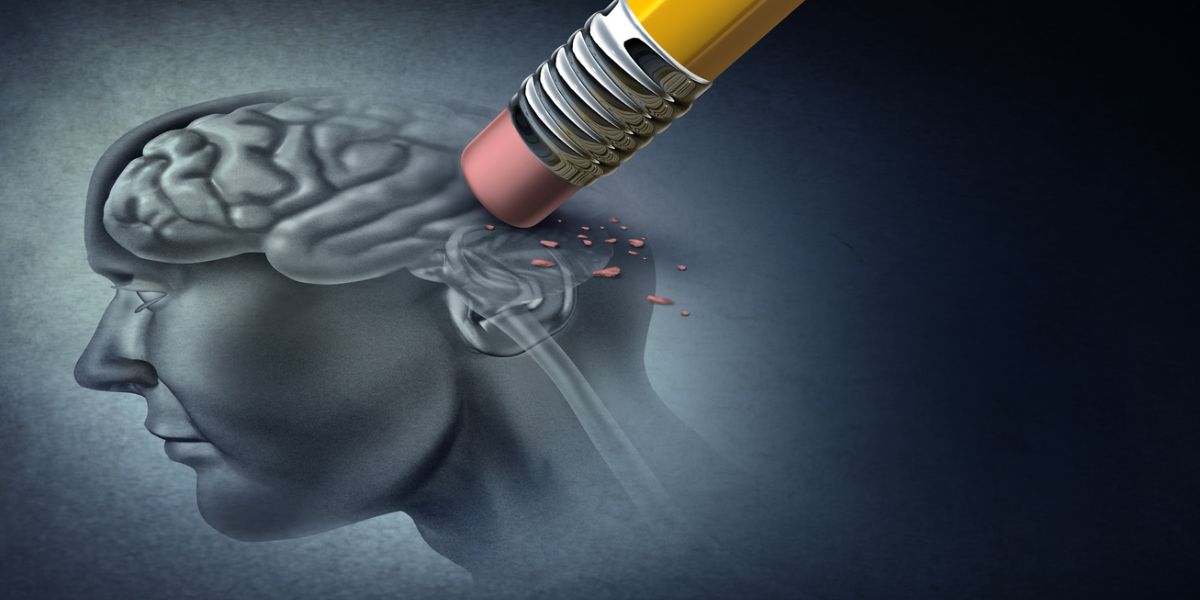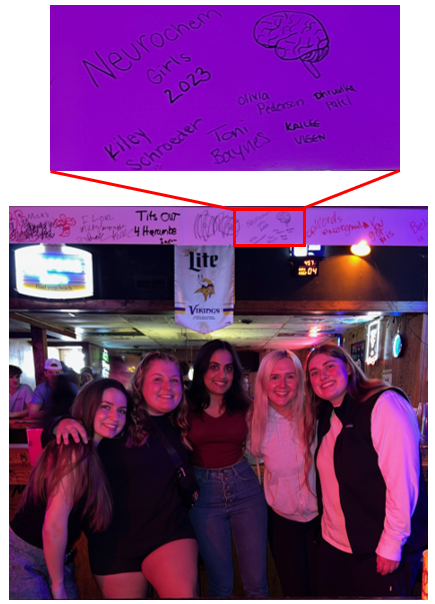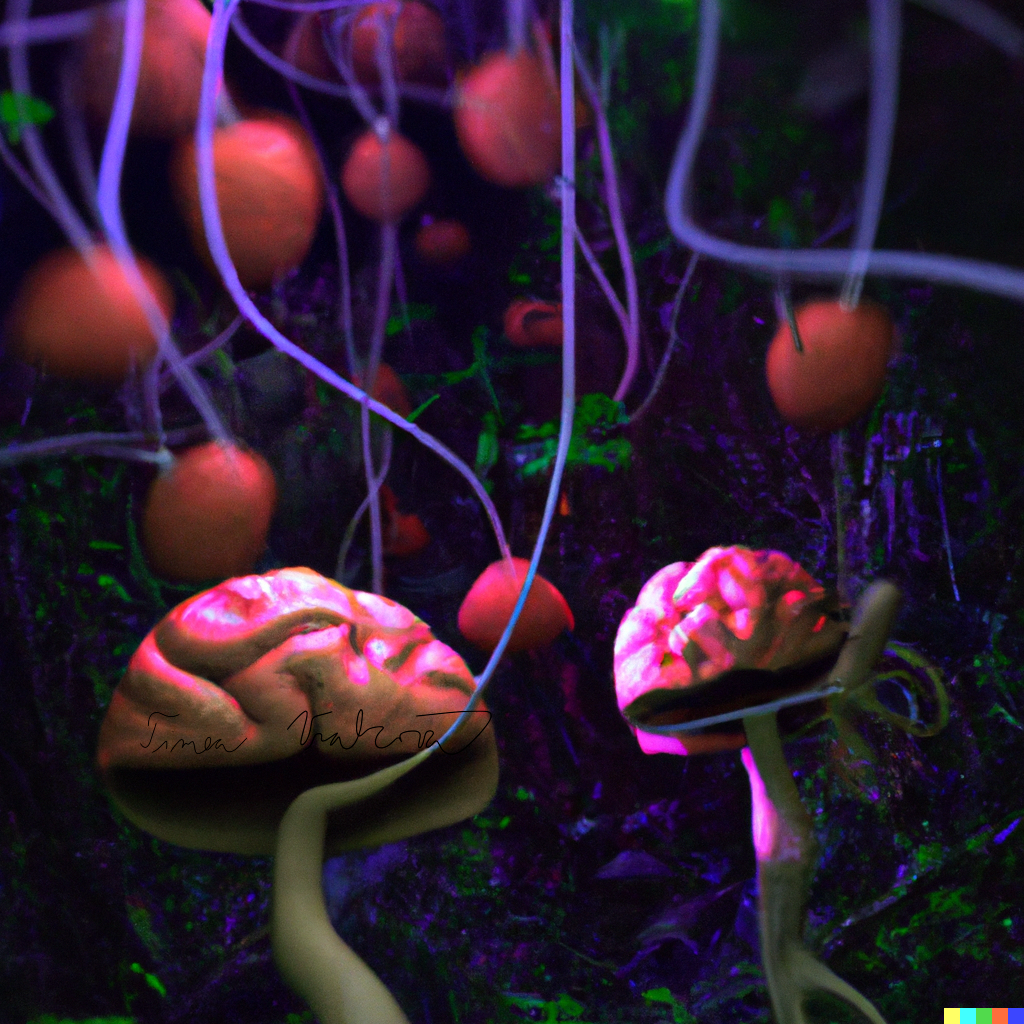What is autism spectrum disorder?
Autism Spectrum Disorder (ASD) is a neurodevelopmental disorder where individuals may display deficits in social communication, restricted interests, and/or repetitive behaviors. In the future, subtypes may be formed due to the symptomology and comorbidities that the individual has which may be defined as psychiatric, multisystem, or seizures [1]. Psychiatric comorbidities are typically ADHD or anxiety and epilepsy falls into the seizures category. Multisystem comorbidities in ASD have shown to be between the gut and brain interaction, particularly through functional gastrointestinal disorders (fGID). This may be shown through exacerbated experience of constipation or diarrhea which, in turn, may increase behavioral symptoms [1].
An article by Dicarlo and Wallace explains different genetic and environmental risks that are also associated with ASD. Specific variants have been found to be important, such as syndromic forms which form by chromosomal abnormalities or single gene mutations. Variants known as copy number variants (CNVs) and single-nucleotide variants (SNVs), which differ in how many base differences they create, also contribute to ASD. Lastly, internal and external environmental factors contribute to the development of ASD, specifically toxins and toxic exposures, perinatal conditions, and an overall male-biased prevalence.
What is the science behind this disorder?
Figure 1 below displays some, but not all of the major areas of the brain associated with ASD. Some of these include the striatum, involved in movement and the reward system, amygdala, which regulates fear and emotion, and the hippocampus, the main memory center of the brain. A lot of these regions receive signals from different parts of the cortex [2]. Each of these then work together in different networks and pathways (figure 2) to produce specific responses and actions such as social motivation and behavior, movements, etc. Dopamine (DA), an important neurotransmitter for social aspects of humans is largely involved in these processes. In an article by Mandic-Maravic et al., the DA pathway is shown to be altered in individuals with ASD, resulting mainly in reward dysfunction. The nigrostriatal circuit (NS), which projects toward the striatum, also involves DA. This means that if DA is dysfunctional, the ability to act suitably toward goal-directed behavior is changed [3]. Further, DA is found to have a connection to gastrointestinal symptoms because of its placement in the enteric nervous system, which is a part of the peripheral nervous system [1]. Overall, connection between different sections of the brain is often weaker in ASD, which is especially evident in the DA system. All of these factors have been taken into account to create theories for the development of ASD.
Fig 1. Regions of the brain

Edit image, resize image, crop pictures and appply effect to your images. (n.d.). Artpictures.Club. Retrieved February 12, 2024, from http://artpictures.club/
Fig 2. Networks and pathways
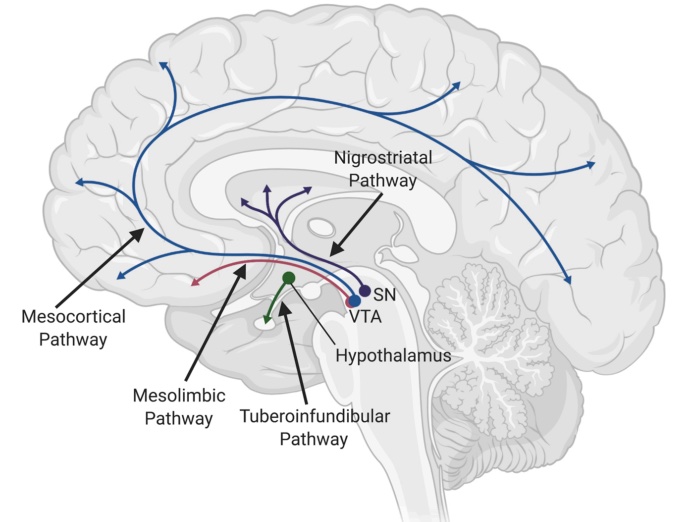
DiCarlo, G. E., & Wallace, M. T. (2022).
Theories
- Excitatory-inhibitory balance disruption theory: This theory claims that there are alterations in the ratio of excitatory and inhibitory (E/I) neurotransmission. Different processes such as altered cellular metabolism, receptor function, or neurotransmission uptake may cause the disruption in the ratio. DA plays a role in the disruption as their inputs onto other neurons might change E/I levels. An example of the outcome of this would be if the disrupted balance took place in the striatum, which would alter the function of reward-mediated behaviors [1].
- Altered network connectivity theory: Distortions in communication in and from the cerebral cortex may also drive different behaviors in ASD. This theory uses fMRI to view increases, decreases, and resting states of connectivity in ASD. Overall, it has been found that there are greater distortions and variability in connectivity maps in people with ASD, meaning their brains are unable to communicate as they should [1].
- Predictive coding hypothesis: Assumes our brain creates internal models of our external sensory environment that serve as our predictions and perceptions of the world. Individuals with ASD are said to improperly form and fail to update internal models of the environment. This could be the cause to altered social cues and communication as well as an increased reliance on incoming sensory information, leading to their hypersensitivities [1].
While these are all different theories, they are not separate from one another. In fact, they go together very well as each one might lead to the other. For example, E/I balance disruption could lead to altered brain networks [1].
[1] DiCarlo, G. E., & Wallace, M. T. (2022). Modeling dopamine dysfunction in autism spectrum disorder: From invertebrates to vertebrates. Neuroscience and biobehavioral reviews, 133, 104494. https://doi.org/10.1016/j.neubiorev.2021.12.017
[2] Autism in the brain, region by region. (2017, February 27). Spectrum | Autism Research News. https://www.spectrumnews.org/features/legacy-special-reports/autism-brain-region-by-region/
[3] Mandic-Maravic, V., Grujicic, R., Milutinovic, L., Munjiza-Jovanovic, A., & Pejovic-Milovancevic, M. (2022). Dopamine in Autism Spectrum Disorders-Focus on D2/D3 Partial Agonists and Their Possible Use in Treatment. Frontiers in psychiatry, 12, 787097. https://doi.org/10.3389/fpsyt.2021.787097


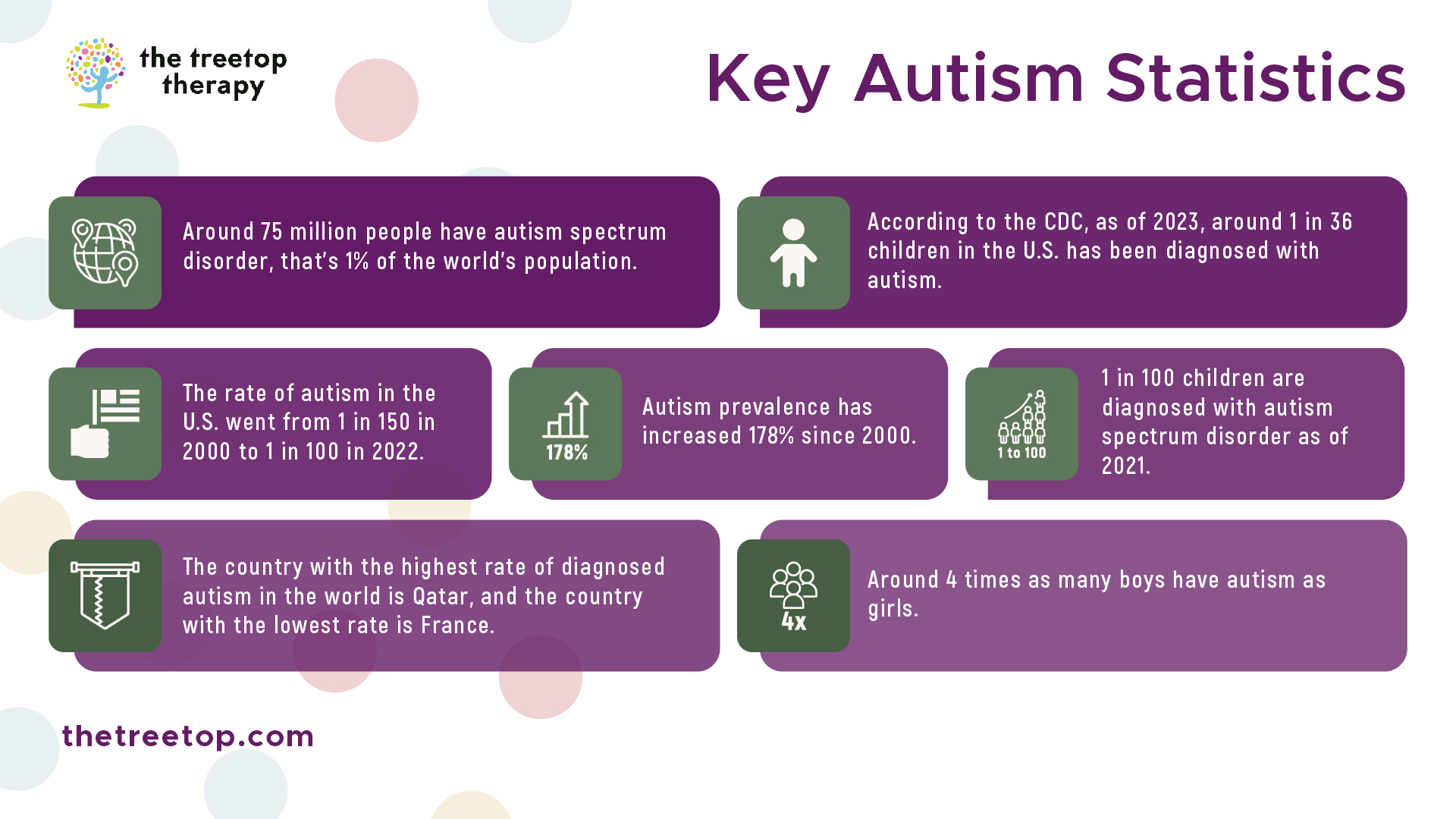
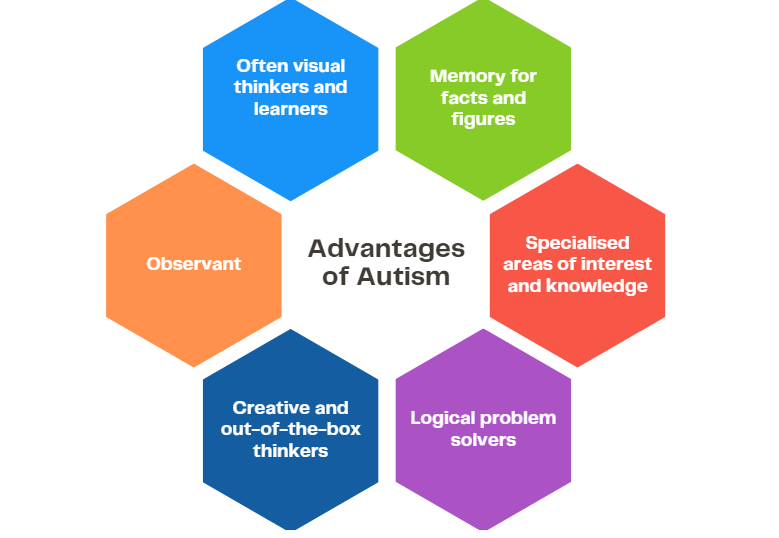
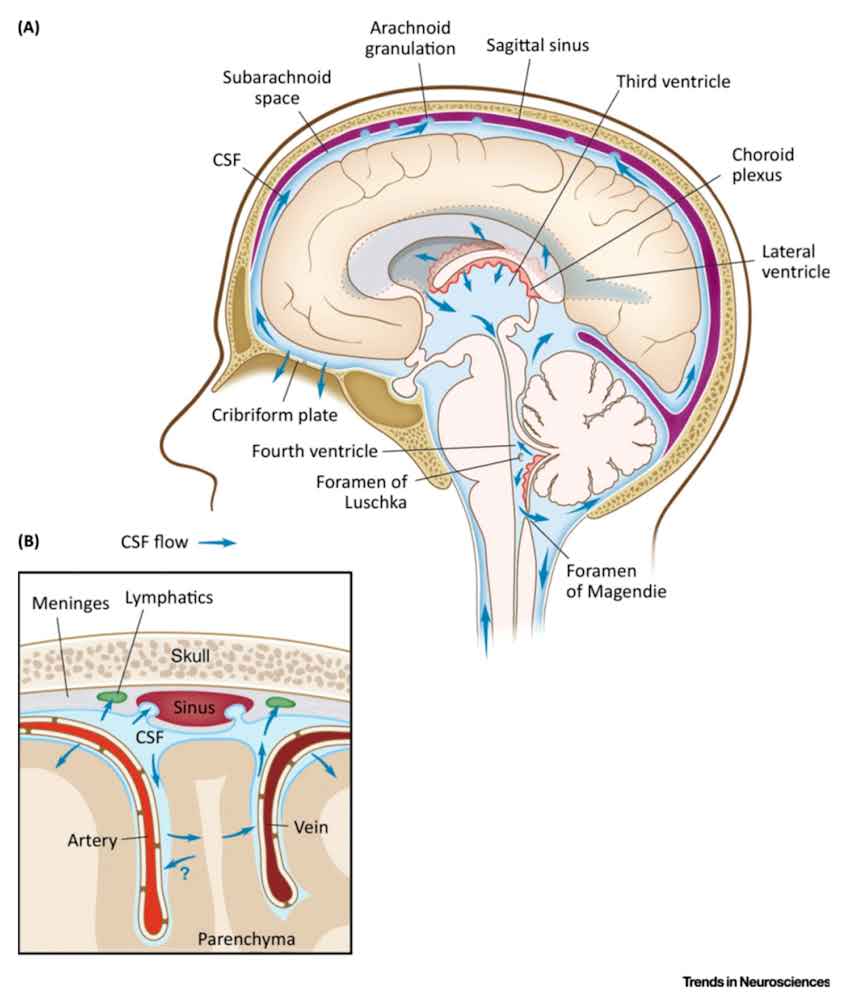

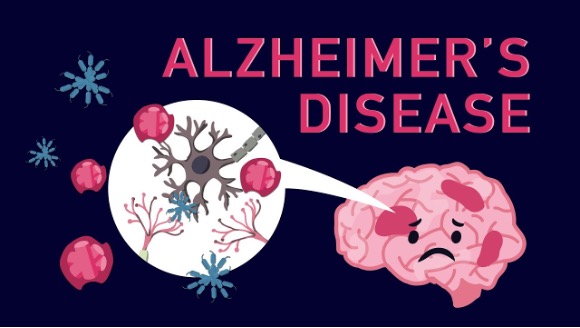
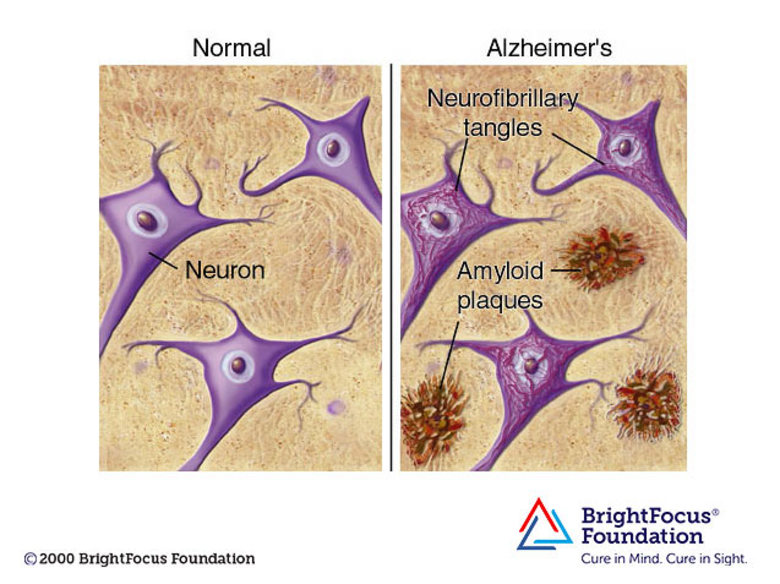
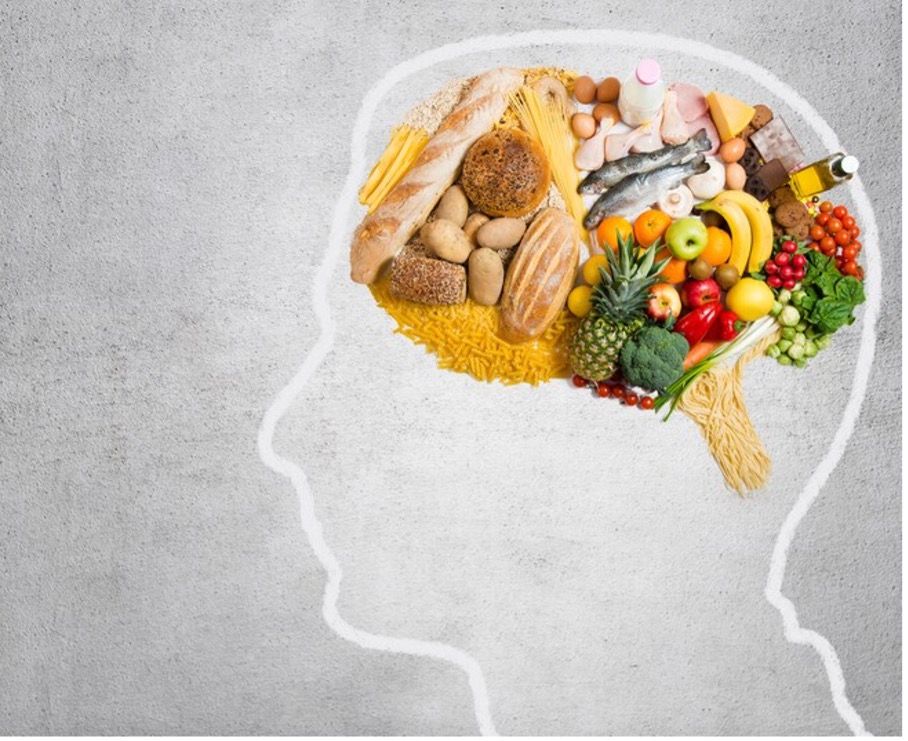
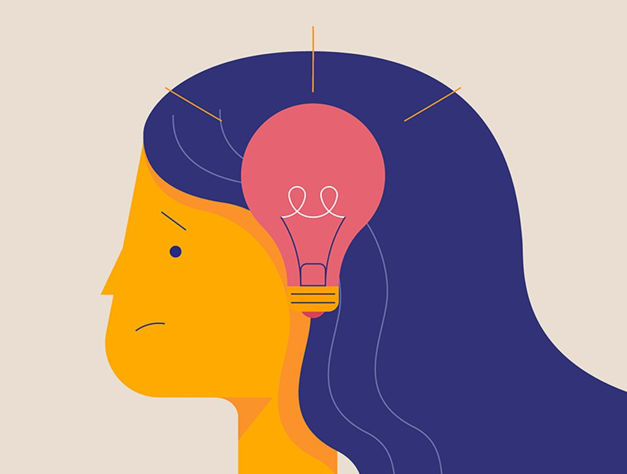
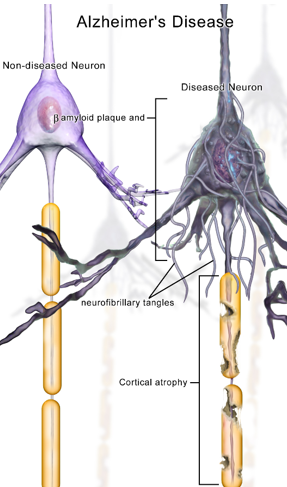
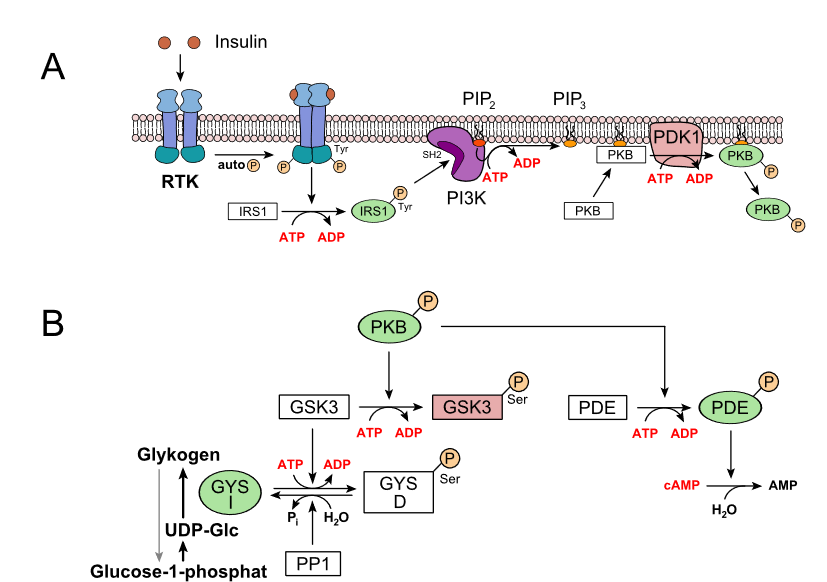

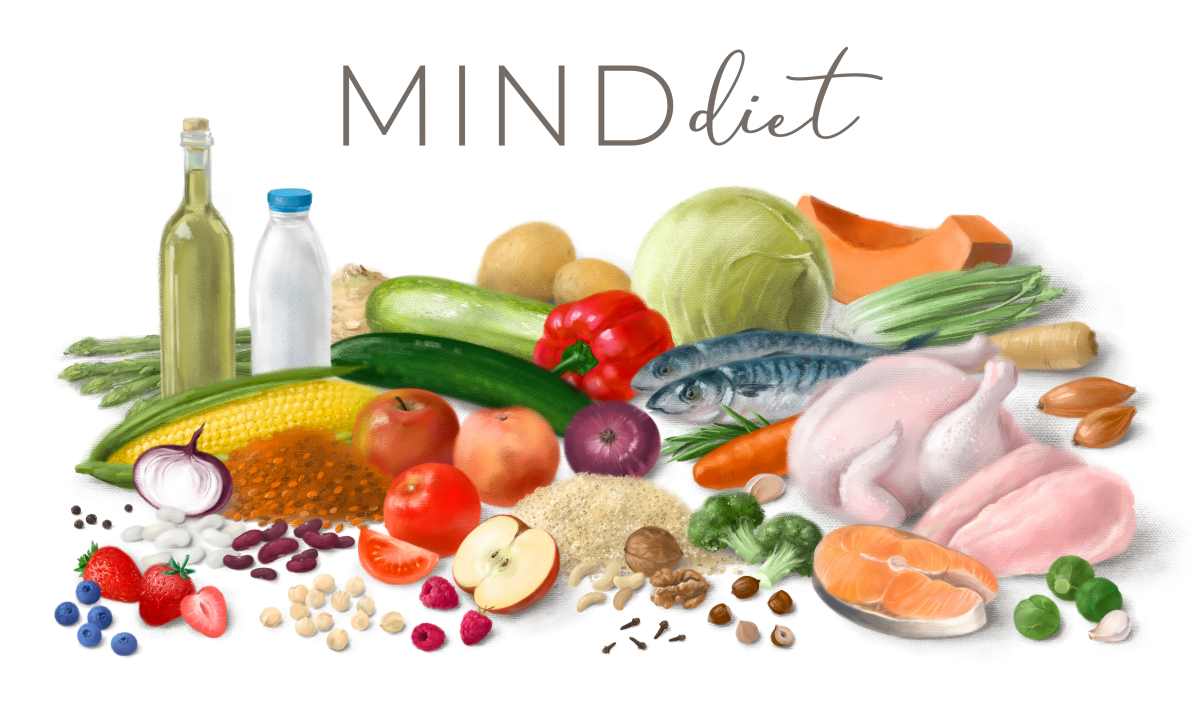 [6]
[6]